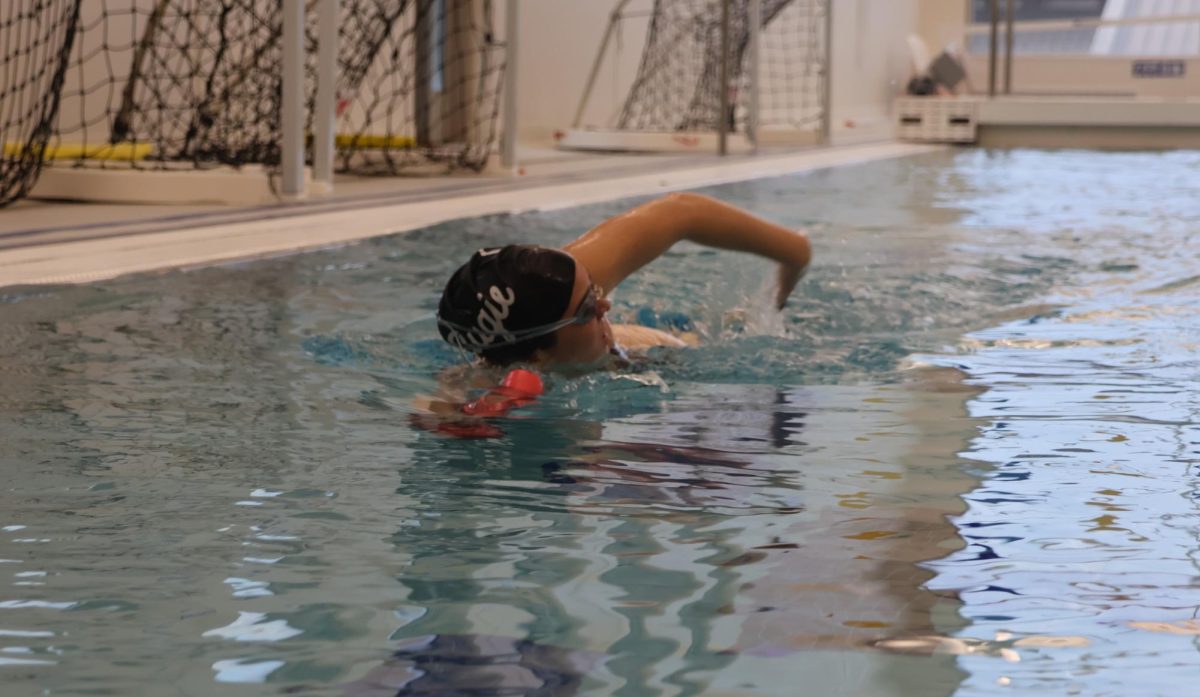MasterClass is a name many may recognize. The educational platform has been around for years, working to gain mass popularity amongst its competitors with big names and aggressive advertising.
Their online marketing strategy has proven successful, but now they are going for a specific market.
MasterClass has, directed its attention toward those potential customers most focused on their education: students.
What is MasterClass, exactly? Sarah Stelzer, first year, said how she “hadn’t heard of MasterClass” previously.
Manuela Chavez gave a very accurate, succinct definition that gets to the core of what they are: “online classes offering people to learn from experts.”
The website allows consumers to learn about subjects such as music, acting, writing, business and sports through 89 courses offered on the site, each taught by an industry professional.
Thousands of lessons are available online, ready for students to access.
MasterClass typically costs $180 for an entire year subscription upfront. For the majority of college students who are struggling to pay for their education, throwing on another $180 may not be feasible. For a one day sale on Thursday Sept. 17, though, MasterClass gave any person with a “.edu” email the opportunity to get a year subscription for $1.
This deal didn’t last for long, but it gives us some crucial information on the audience that MasterClass is attempting to bring in.
However, MasterClass’s marketing schemes may not have proven as effective as they might have hoped.
Advertising on YouTube seems like the best way to go for targeting college students based on its numbers, as The Manifest reports 89% of Generation Z use the service, but there are a couple notable flaws.
Stelzer did not recall seeing any ads despite spending time on YouTube every day.
“On average I probably spend about a half hour on YouTube a day,” Stelzer said.
Despite MasterClass pushing their advertising heavily, they’re still missing some of the demographic they’re trying to attract.
Many regular viewers may not be as drawn into the idea of instructional tutorials that are locked behind a $180 a year paywall.
Compare that to the price of YouTube, who has many educational videos made by qualified people that are available for free in a much more concise package. They are also available on a site people are familiar with using.
When people like Stelzer are already on YouTube daily, there isn’t much of a reason to go anywhere else for something such as an educational lecture.
Chavez raised another common issue about the service in regards to its practicality.
“They’re not particularly useful to me, as I want to be in the medical field,” Chavez said.
Despite portraying themselves as something that can help anyone achieve their career or personal goals, their classes disregard some topics entirely.
Those who have an interest in the STEM field only have three classes that could fit under that umbrella.
It’s more difficult for people who are interested in subjects such as art, as there are no classes that fulfill their interest.
The usefulness of the product depends on your interests, ability level and amount of money.
For many, it may be better just to stick to YouTube tutorials and self-practice.
But for those who have the money and interests in topics the site caters to, such as writing or cooking, it could be right for you.
Categories:
Review: MasterClass turns to college students
September 24, 2020
0
More to Discover





































































































